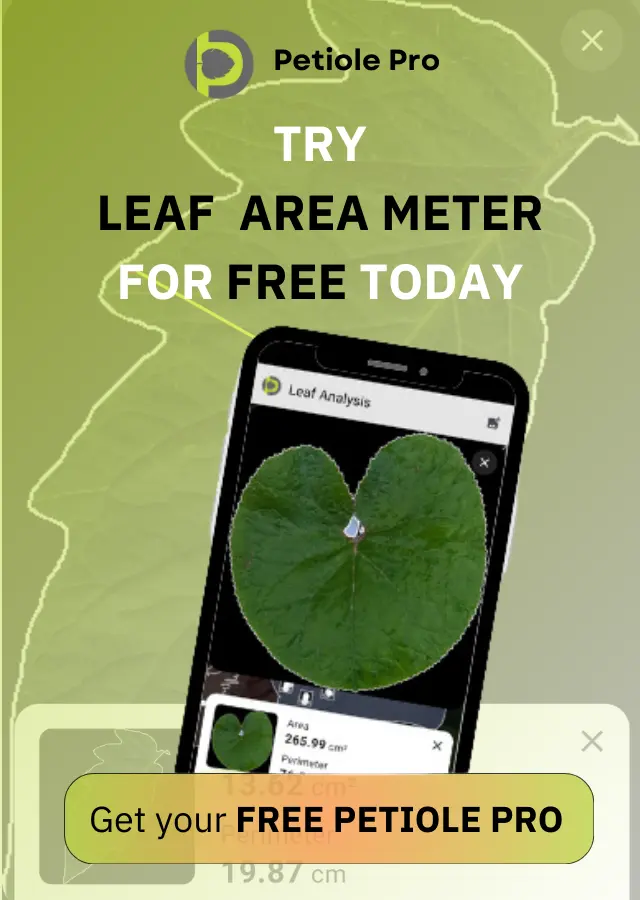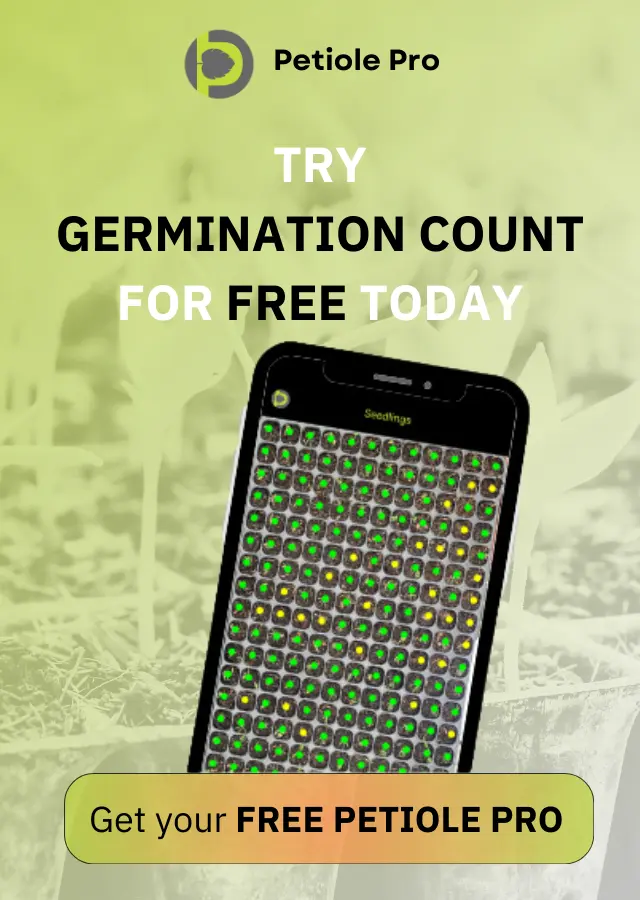Agrivoltaics as an Innovation in Food and Energy Security


What is agrivoltaics?
Agrivoltaics is a way to grow crops and produce solar energy on the same land. Solar panels are placed above or near crops, so the land is used for both farming and generating electricity.
This setup can help protect plants from too much sun, save water, and improve the land, all while producing renewable energy at the same time.
In agrivoltaics, it’s important to balance the needs of both crops and solar energy production. The positioning of solar panels, the type of crops grown, and the local climate all play crucial roles in ensuring both the plants and the energy system thrive together. This balance is important because it allows farmers to make the most of their land, producing food and renewable energy simultaneously. Agrivoltaics is important because it helps address land use challenges, supports sustainable agriculture, conserves water, and contributes to clean energy goals, all of which are vital for addressing climate change and ensuring food security.
 Agrivoltaic systems boost farmers' profits by improving broccoli’s visual quality and generating electricity, while maintaining stable yields and preserving the crop’s nutritional properties. Source: Chae et al, 2022
Agrivoltaic systems boost farmers' profits by improving broccoli’s visual quality and generating electricity, while maintaining stable yields and preserving the crop’s nutritional properties. Source: Chae et al, 2022
Core Parts of Agrivoltaic System
The core components of agrivoltaics include:
-
Photovoltaic (PV) Panels: These are the solar panels that generate electricity by converting sunlight into energy. They are usually mounted above or alongside the crops.
-
Crops or Vegetation: The agricultural plants or crops that are grown beneath or around the solar panels. These can vary depending on the climate and the type of PV system used.
-
Support Structures: The frames or mounts that hold the PV panels above the crops at an optimal height and angle to ensure both sufficient sunlight for the panels and adequate light and space for the crops.
-
Irrigation and Water Management Systems: Systems that ensure the crops receive the necessary water, which can be adapted to the microclimate created by the shade from the PV panels.
-
Monitoring and Control Systems: Technologies that monitor the performance of the PV panels, the health of the crops, and environmental conditions, helping optimize both energy production and agricultural yield.
These components work together to create a system that maximizes the use of land for both food and energy production, making agrivoltaics an innovative solution for sustainable development.
Agrivoltaics includes many different uses. Agrivoltaics systems can be installed in the same basic row layout as a traditional large-scale solar plant—or they can be modified to provide extra space for light, animals, or farm equipment to move under and between them. Source: Dreves, NREL, 2022
 Agrivoltaic structure information for this experiment (A) and photo of growing crops under the solar panel (B). Source: Chae et al., 2022
Agrivoltaic structure information for this experiment (A) and photo of growing crops under the solar panel (B). Source: Chae et al., 2022
AI methods such as machine learning algorithms for predictive modeling, remote sensing data analysis using neural networks, and computer vision for more accurate vegetation cover assessment could enhance the precision and scalability of future agrivoltaic studies.
A research project in Baden-Württemberg is testing an agri-PV system with fruit cultivation near Lake Constance. Source: Fraunhofer ISE
Conservation Agrivoltaics for Sustainable Food-Energy Production
Country: USA 🇺🇸
Published: 11 January 2024
This study explores the potential of integrating conservation agriculture management practices (CAMP) with agrivoltaic (AV) systems to enhance both food and energy production while promoting environmental sustainability.
 Summary of well-characterized and mechanistic knowledge of conservation agriculture management practices' (CAMP) effects on several key sustainability metrics in conventional non-agrivoltaics (AV) systems and prediction of these strategies' benefits in enhancing agrivoltaic system performance. All the benefits of CAMP interact; this summary considers benefits related to minimal soil disturbance, direct seeding, permanent cover cropping, crop rotation, and intercropping, all together in the case of increasing soil productivity. Source: Time et al., 2024
Summary of well-characterized and mechanistic knowledge of conservation agriculture management practices' (CAMP) effects on several key sustainability metrics in conventional non-agrivoltaics (AV) systems and prediction of these strategies' benefits in enhancing agrivoltaic system performance. All the benefits of CAMP interact; this summary considers benefits related to minimal soil disturbance, direct seeding, permanent cover cropping, crop rotation, and intercropping, all together in the case of increasing soil productivity. Source: Time et al., 2024
 Overview of documented adverse impacts of conventional agricultural practices. Tillage can lead to soil compaction and reduced permeability, resulting in increased runoff, soil erosion, and nutrient losses. Bare ground, no rotation, and monoculture can result in poor soil stability, low biodiversity, low microbial growth and nutrient cycling, and increased pest and disease spread. Source: Time et al., 2024
Overview of documented adverse impacts of conventional agricultural practices. Tillage can lead to soil compaction and reduced permeability, resulting in increased runoff, soil erosion, and nutrient losses. Bare ground, no rotation, and monoculture can result in poor soil stability, low biodiversity, low microbial growth and nutrient cycling, and increased pest and disease spread. Source: Time et al., 2024
The researchers employed a conceptual analysis to propose the benefits of combining CAMP with AV systems. The methods focused on exploring how practices like zero tillage, cover cropping, crop rotation, and intercropping can be adapted to AV settings to improve soil health, increase biodiversity, reduce greenhouse gas emissions, and maintain or increase crop yields. The analysis was based on existing knowledge of conservation agriculture and its potential application in AV systems, emphasizing the need for further empirical research to validate these benefits.
Potential impact of diverse conservation agriculture management practices (CAMP) on several key sustainability metrics of agrivoltaics (AV) systems
Key findings suggest that integrating CAMP with AV systems can potentially lead to long-term carbon sequestration, lower greenhouse gas emissions, and maintain or increase crop yields, while also providing economic benefits such as reduced input costs and enhanced resource use efficiency.
The study highlights that CAMP in AV systems could offer significant environmental benefits, including improved soil health and biodiversity, which are crucial for climate-resilient food production.
Agricultural policymakers, farmers, and renewable energy developers can practically apply the findings of this research to enhance the sustainability and efficiency of agrivoltaic systems.
 Potential benefits of conservation agriculture management practices (CAMP) in agrivoltaics systems. Blank space or “-“means no data available. Source: Time et al., 2024
Potential benefits of conservation agriculture management practices (CAMP) in agrivoltaics systems. Blank space or “-“means no data available. Source: Time et al., 2024
Technologies Discussed:
- Conceptual framework for Conservation Agrivoltaics
- Analysis based on existing conservation agriculture practices
- Zero tillage
- Cover cropping
- Crop rotation
- Intercropping
More details about this research are available with the reference Time et al., 2024
Effects of a Photovoltaic Plant on Microclimate and Crops’ Growth in a Mediterranean Area
Country: Italy 🇮🇹, Greece 🇬🇷
Published: 27 February 2024
This study investigates how the co-location of a photovoltaic (PV) plant with aromatic crops like thyme, oregano, and Greek mountain tea affects the microclimate and crop growth in a Mediterranean environment characterized by hot and dry conditions.
 Aromatic plants cultivated in Kourtesi Photovoltaic plant. Source: Fagnano et al., 2024
Aromatic plants cultivated in Kourtesi Photovoltaic plant. Source: Fagnano et al., 2024
The researchers employed a comparative analysis between areas under the influence of PV modules and a control area fully exposed to sunlight. They measured microclimatic variables, soil temperature, and water potential, alongside plant growth metrics. Key methods included the use of weather stations, albedometers, and soil sensors, alongside non-destructive measurements of plant height and vegetation cover analyzed via ImageJ software (mobile app Petiole Pro can be used for this purposes as well).
 Measurement of vegetation cover. Source: Fagnano et al., 2024
Measurement of vegetation cover. Source: Fagnano et al., 2024
The study found that the presence of PV modules reduced net radiation by 44% and wind speed by 38%, leading to a 29% decrease in reference evapotranspiration and an 8% reduction in soil temperature. Notably, the soil water potential was 34% higher in the PV-shaded area.
 Net radiation in control and testing area (7 July 2022–6 July 2023). Source: Fagnano et al., 2024
Net radiation in control and testing area (7 July 2022–6 July 2023). Source: Fagnano et al., 2024
 Microclimatic parameters measured in control and testing area. Average values of the period 7 July 2022–6 July 2023. Source: Fagnano et al., 2024
Microclimatic parameters measured in control and testing area. Average values of the period 7 July 2022–6 July 2023. Source: Fagnano et al., 2024
Despite these changes, plant growth, particularly for oregano, showed improved biomass in the PV-shaded area, with oregano weight 32% higher compared to the control. These results suggest that in hot and dry climates, the reduction in climatic stress provided by PV shading can offset the loss of photosynthesis due to reduced sunlight, making it possible to maintain or even improve crop yield.
The findings can be practically applied by agricultural managers and solar energy developers interested in integrating photovoltaic systems with crop production, particularly in arid regions.
Technologies Used:
- Vantage Pro2TM weather stations
- Albedometers (PCTRA068)
- Soil sensors (DS6470 and WATERMARK 200SS)
- Drip irrigation system
 Sheep grazing in Kourtesi PV plant (2021). Source: Fagnano et al., 2024
Sheep grazing in Kourtesi PV plant (2021). Source: Fagnano et al., 2024
 Physical-chemical features of the soil in CA and TA. Source: Fagnano et al., 2024
Physical-chemical features of the soil in CA and TA. Source: Fagnano et al., 2024
 Soil temperature during the monitoring period (7 July 2022–6July 2023). Source: Fagnano et al., 2024
Soil temperature during the monitoring period (7 July 2022–6July 2023). Source: Fagnano et al., 2024
 Data of plant growth at harvest (June 2023). Source: Fagnano et al., 2024
Data of plant growth at harvest (June 2023). Source: Fagnano et al., 2024
More details about this study are available using the reference Fagnano et al., 2024
Current Challenges in Operation, Performance, and Maintenance of Photovoltaic Panels
Country: Hungary 🇭🇺, Estonia 🇪🇪, Portugal 🇵🇹, Czech Republic 🇨🇿
Published: 8 March 2024
This study reviews the current challenges in the operation, performance, and maintenance of photovoltaic (PV) panels, with a focus on improving efficiency and reliability through modern predictive maintenance strategies.
The researchers utilized a comprehensive literature review to analyze various maintenance approaches, including reactive, preventive, and predictive maintenance, with a specific emphasis on data-driven predictive maintenance techniques. The study also explored the integration of artificial intelligence (AI) and big data analytics into maintenance strategies to preemptively identify and address potential equipment failures.
 Some typical maintenance issues are illustrated in this image: (a) grass cutting, (b) PV panel cracks, (c) hailstorms, (d) pollution, (e) bird droppings, (f) snow. Source: Orosz et al., 2024
Some typical maintenance issues are illustrated in this image: (a) grass cutting, (b) PV panel cracks, (c) hailstorms, (d) pollution, (e) bird droppings, (f) snow. Source: Orosz et al., 2024
Key findings indicate that predictive maintenance can reduce downtime by up to 25% and increase energy production by up to 3%, with significant cost savings. The study also highlights the growing need for **advanced monitoring tools to address issues like panel cracks, delamination, and environmental impacts, such as bird droppings, which can significantly degrade PV performance. These insights underscore the importance of adopting predictive maintenance to maximize the operational efficiency and lifespan of PV systems.
 Snail trail in a PV cell. Source: Orosz et al., 2022
Snail trail in a PV cell. Source: Orosz et al., 2022
The findings can be practically applied by PV plant operators, maintenance teams, and energy policymakers to optimize maintenance strategies and reduce operational costs.
Main Tools and Technologies Discussed:
- Predictive maintenance algorithms
- Thermal imaging cameras
- Photoluminescence and electroluminescence techniques
- UAVs (unmanned aerial vehicles) for remote monitoring
- Data-driven monitoring systems
More details on this research can be found using the reference Orosz et al., 2024.

